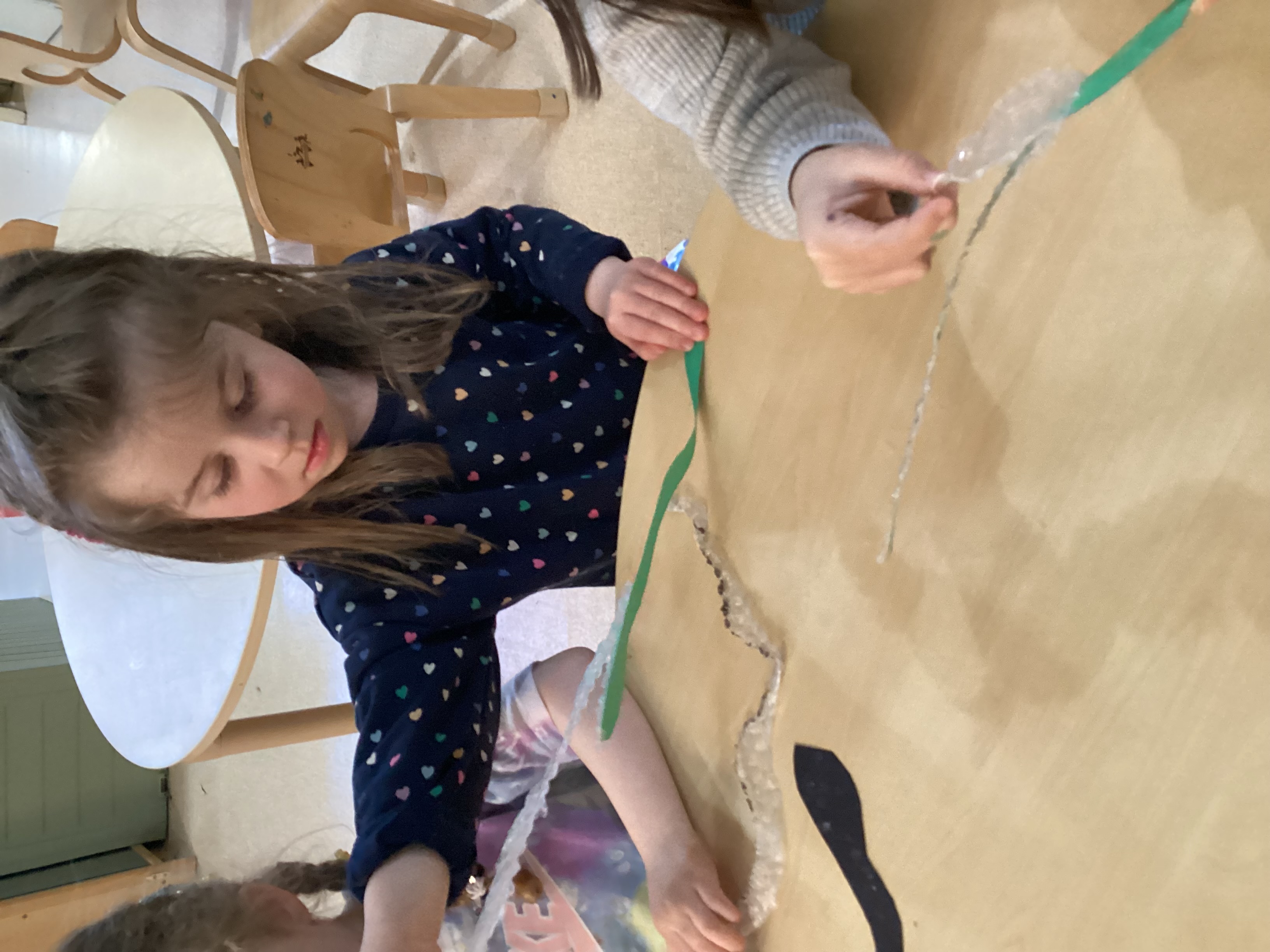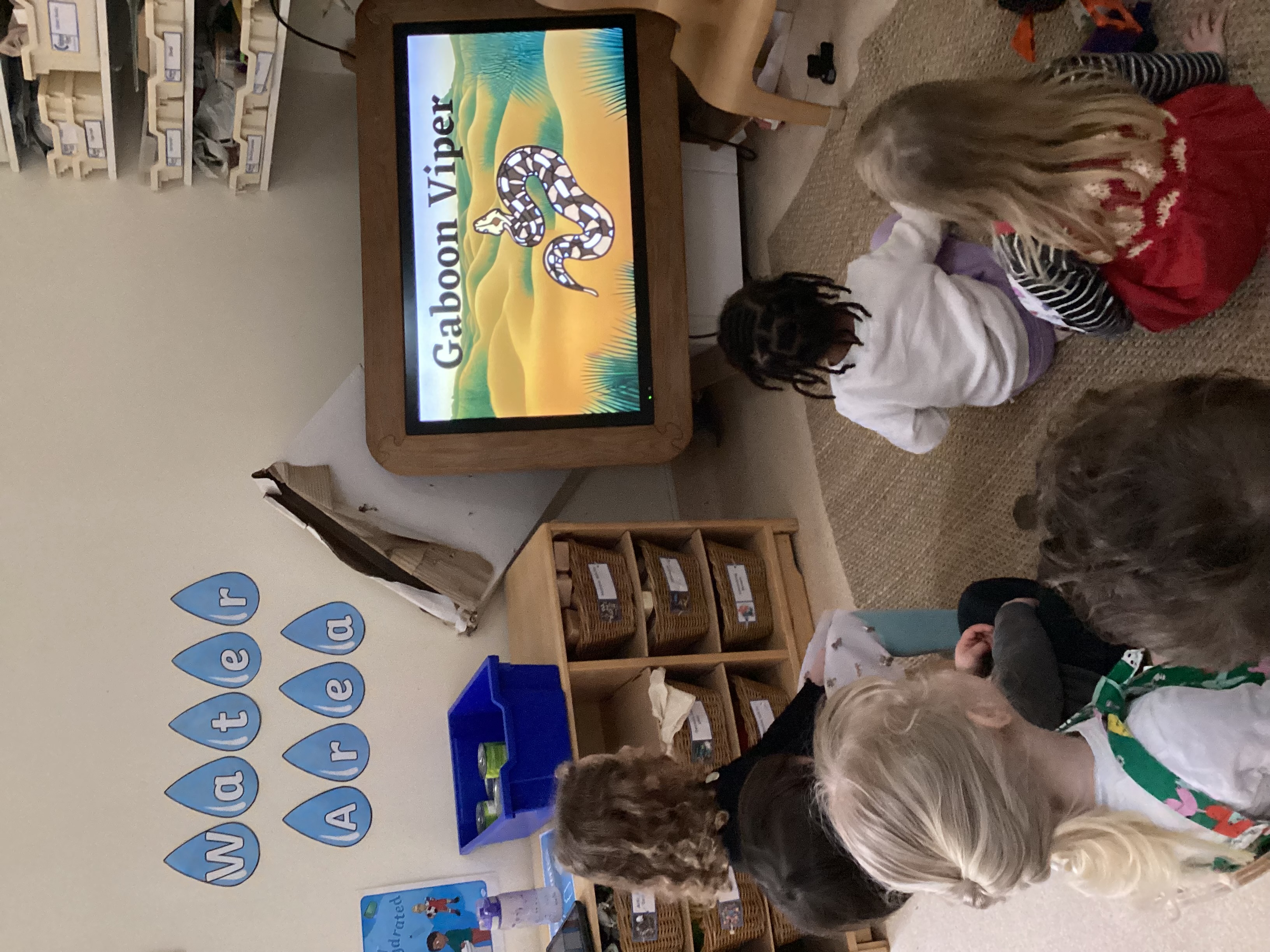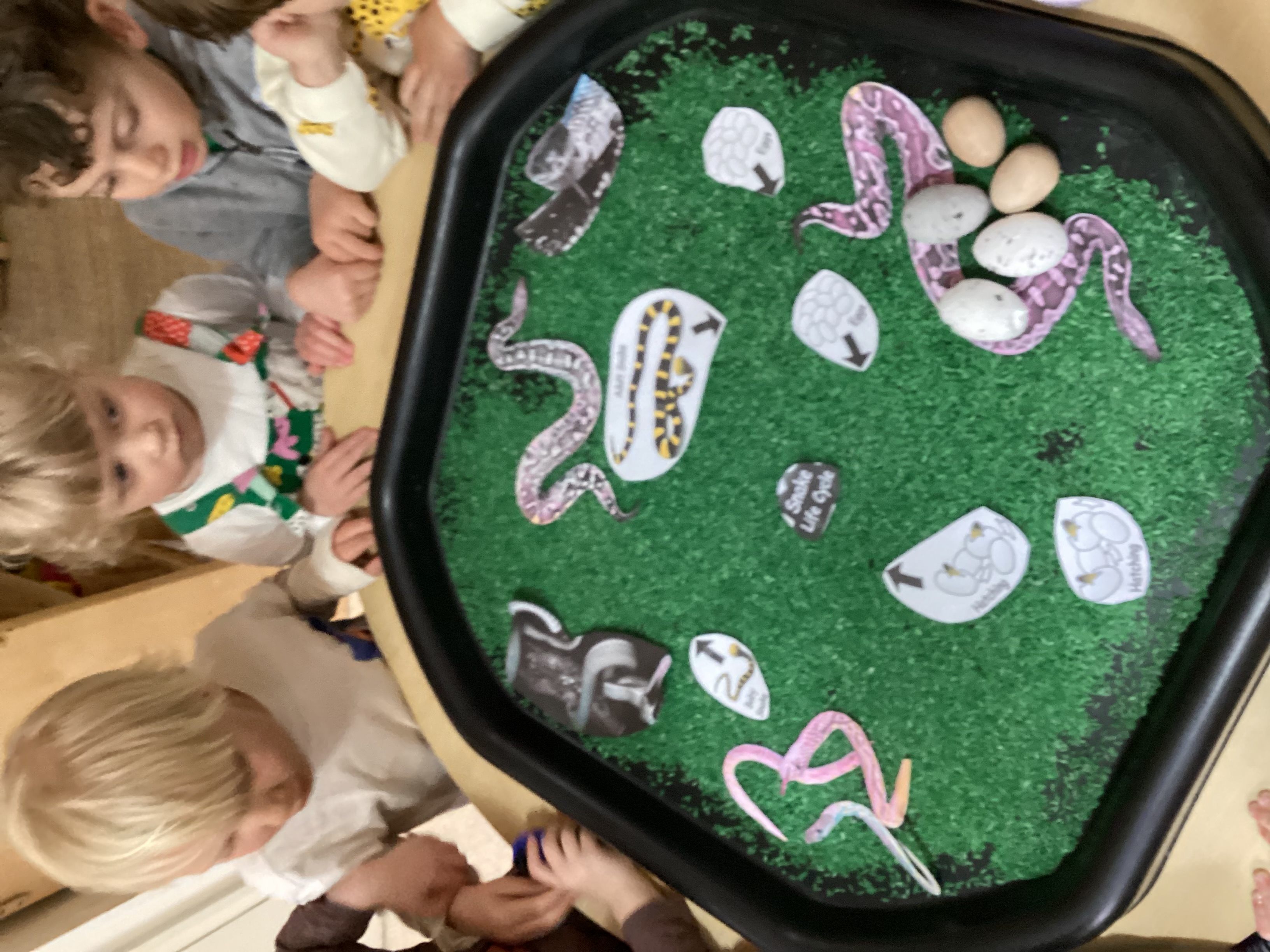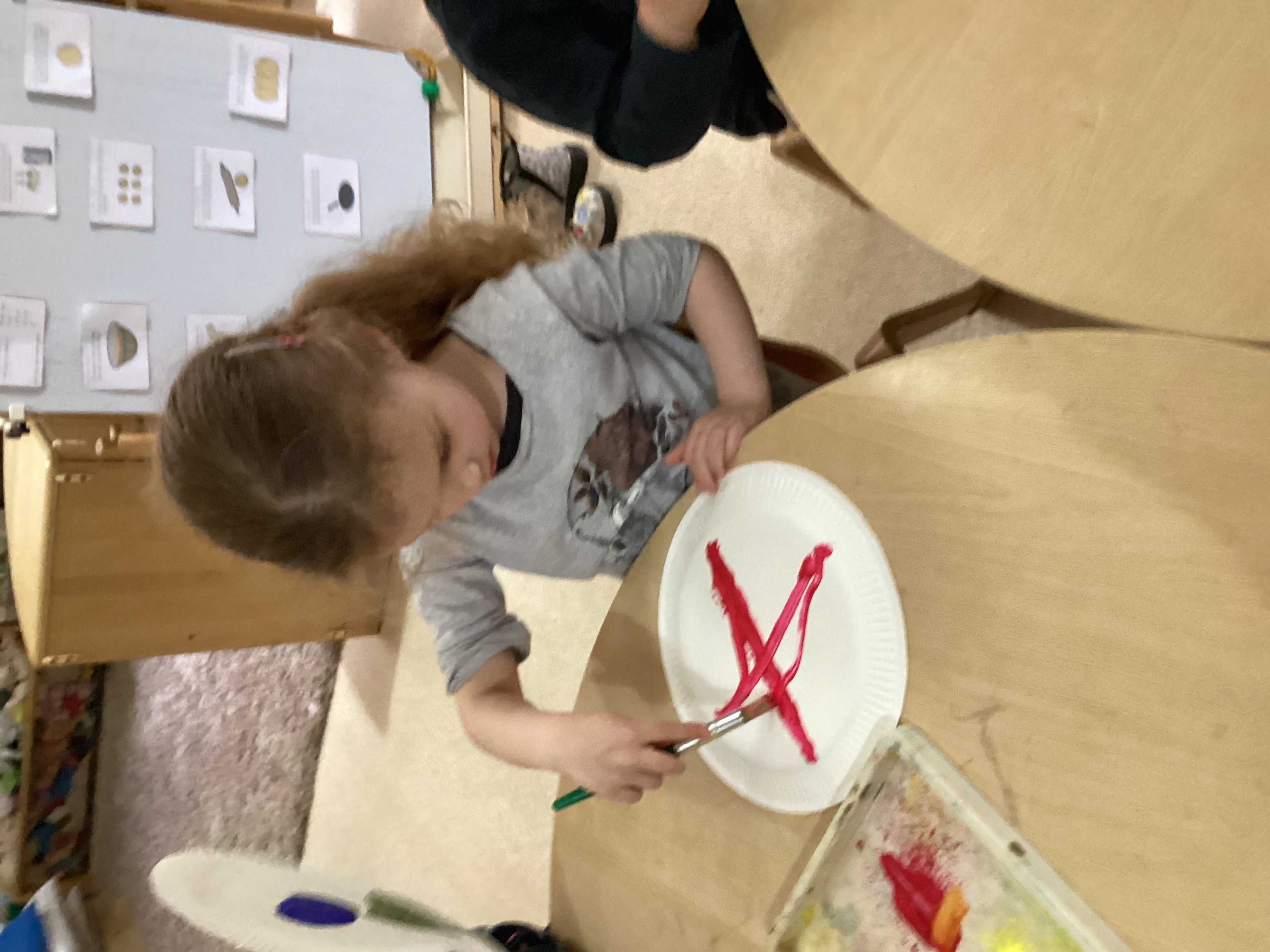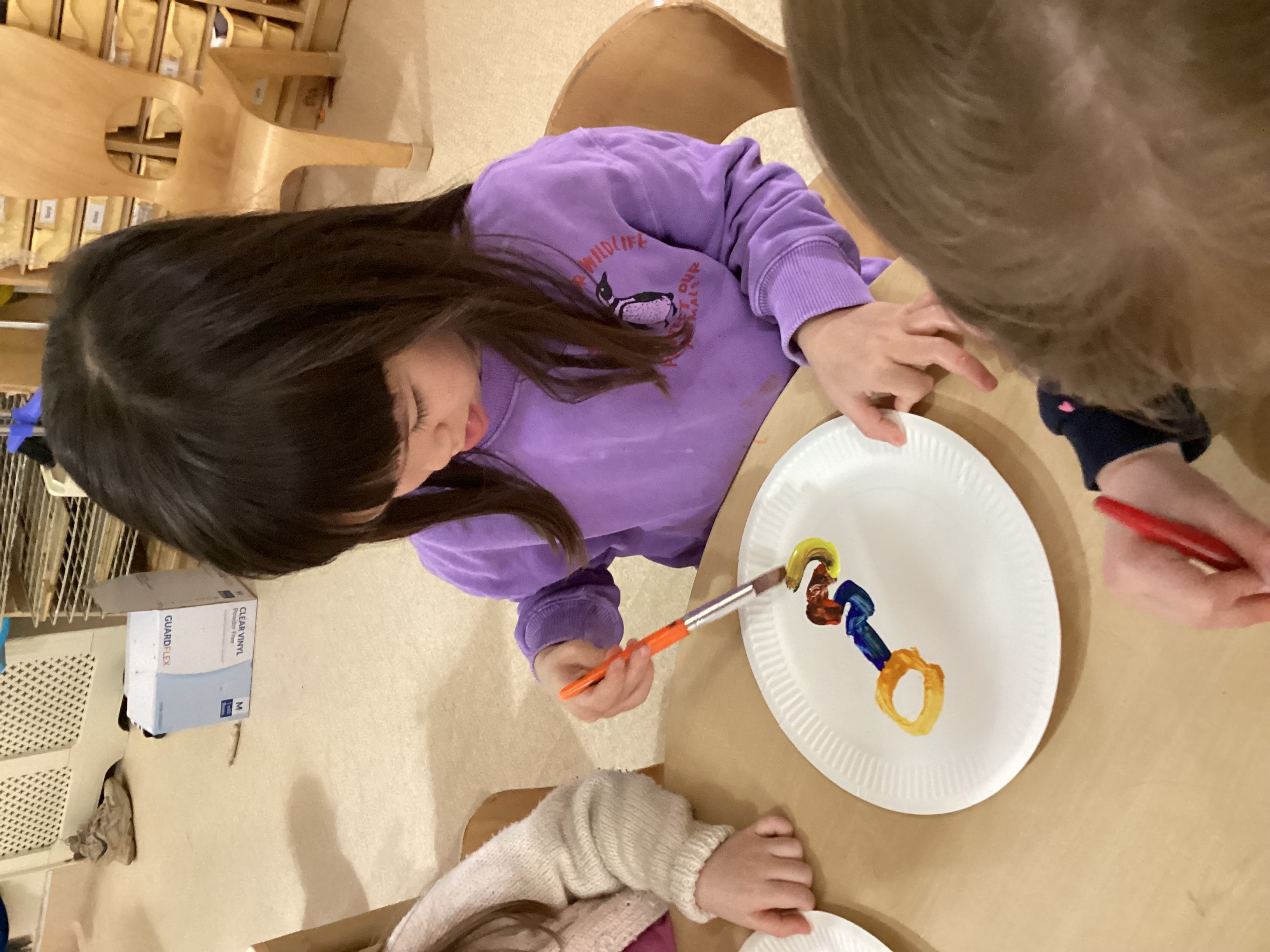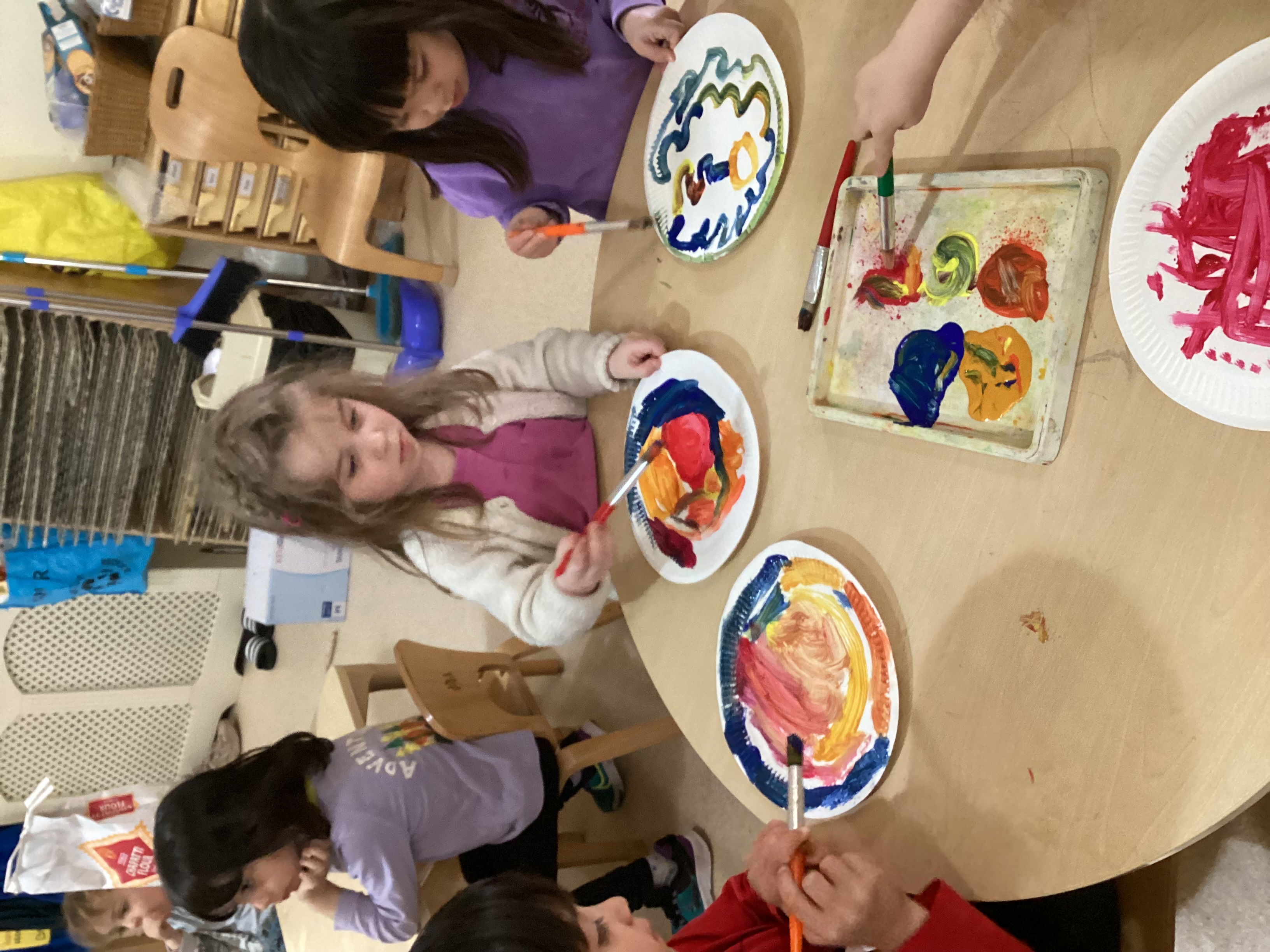Snake lifecycle
Snake lifecycle
Snake lifecycle
This week continuing more with the lifecycle month theme, preschool’s topic was on snakes, and we touched on different categories of them that related back to their life cycle and habits. As the focus activity, we had dived straight into the life cycle of snakes and broke down each stage with some pictures and videos along with an explanation of their growing process. From finding out that only most snakes lay eggs due to their cold climate, then they begin to hatch/hatchlings, becoming a baby snake or another term is ‘Snakelet’ before then growing into an adult snake.
Adapting further in the topic, next, the children learnt about a snake’s shedding skin and how it could take a few days as a process, and because it’s a bit of an unfamiliar fact to most of them we wanted to turn it into a practical task. As we divided into groups, we gathered some materials like bubble wrap, paper, scissors, and glue sticks, and cut them into a snake shape having the bubble wrap stuck on top, for them to then peel off themselves as a representation of snakeskin. Enhancing with more fun creativity, we used paper plates which the children painted with their own choice of colour, then drew a spiral shape on it as a guide when cutting it out to produce a swirly snake which they enjoyed a lot.
Highlighting more facts, the children were shown images of a variety of breeds and was taught that some are venomous such as King Cobras, Vipers and Rattlesnakes, explaining the meaning of venomous and comparing them to snakes that are non-poisonous, such as anacondas, pythons, and worm snakes. Also adding that the longest measured snake worldwide is the reticulated Python, measuring more than 6.25m in length found in areas of Southern and Southeast Asia.
